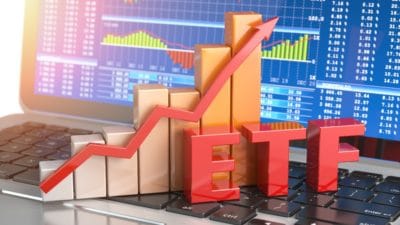If you are in the age group of 35–40, welcome to the sandwich generation. This is a crucial age in financial planning. You have an active income and are probably planning to start a family or already have one. You may have a mortgage to take care of, and if you have children, saving for their education may be a priority. One tends to push back retirement planning while catering to these current needs.
The Canada Pension Plan (CPP) and Old Age Pension (OAS) can only substitute a portion of your income.
Kickstart your retirement planning at age 35
Remember, retirement planning is not a goal or target but an ongoing process. You will continue to plan your retirement even after you retire. At age 35, you might think you still have 30 years to retire and can catch up later. But that is not the case with compounding. It’s not about how much you invest but how long you stay invested.
Early investors have an advantage over those who join late.
A $200 monthly investment for 30 years at a 6% rate of return can convert to $197,000 in 30 years. The compounded interest here is $59,480.
If you decide to join the party 15 years later, you will have to invest $680 a month to reach $197,000. The compounded interest here is $18,636.
Even if you cannot continue to invest $200 every month, you can take a break once in a while and restart. During that time, the retirement pool you accumulated will keep compounding at 6%. Your money will keep working in the present for your future.
Three stocks that can boost your retirement planning
While the above calculations are a conservative return, you can earn way more than 6% with growth stocks. Suppose you have $2,400 right now to invest and are worried that you may spend it all. You can invest in your Tax-Free Savings Account (TFSA) and buy high-yield dividend stocks and growth stocks.
Canadian Tire
Canadian Tire (TSX:CTC.A) is a retailer of sports, outdoor, and automotive equipment, and hardware. Its diversified offering helps the company sustain sales and profits in every economy. Sales flourish in a strong economy as consumers’ discretionary spending rises. The retailer passes on the benefit to its customers through accelerated dividend growth. It has been growing its dividend for the last 22 years at an average annual rate of 15%.
It also offers a dividend reinvestment plan (DRIP) that puts your money in an auto-compounding mode. Canadian Tire stock might look expensive at over $157 per share and a 4.5% yield might look unattractive amidst other stocks with a 6–8% yield. However, Canadian Tire’s high dividend growth rate and low-volatility stock price can grow your passive income faster than high-yield dividend stocks in the long term.
You could consider investing a lump sum of $8,000 to $10,000 and put one passive income source on auto mode. Or you could invest small amounts every month and accumulate shares over a period.
AMD stock
Advanced Micro Devices (NASDAQ:AMD) is a long-term growth stock and key beneficiary of the 5G and artificial intelligence (AI) revolutions shaping the future. The tech sector is dynamic. Stories of disruptions of market leaders because they fell behind in technology abound.
However, AMD is currently at the cusp of the AI revolution with its data centre chips. The Deepseek wave is redefining the need for hardware. While Nvidia leads in performance, AMD provides better cost efficiency with reasonably high performance, making it an alternative to Nvidia. Moreover, AMD also benefits from personal computer refresh cycles and gaming console refreshes.
As long as AMD has a competitive advantage in cost-efficient processors, it can grow your money severalfold. Since the stock trades on the NASDAQ, you can also hedge your portfolio from weakness in the Canadian dollar.
 Act Fast: 75 Only!
Act Fast: 75 Only!








